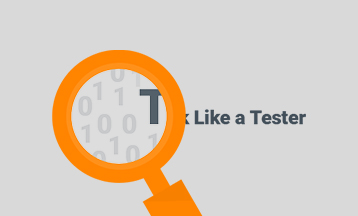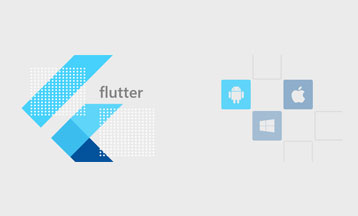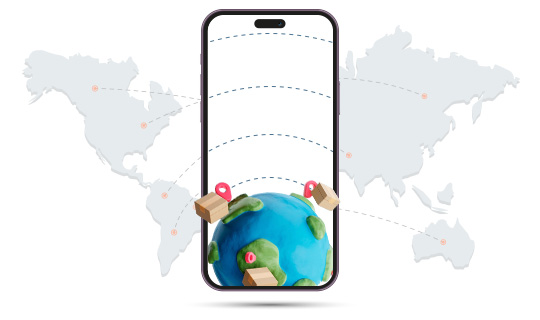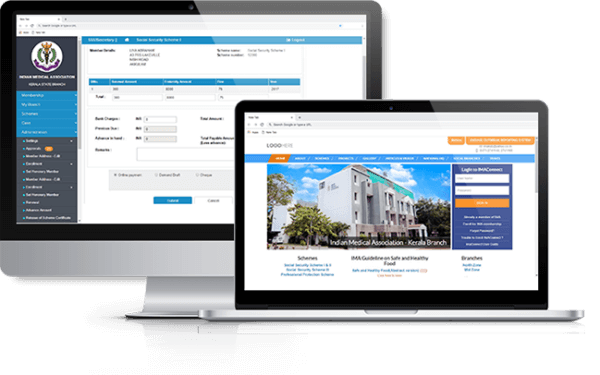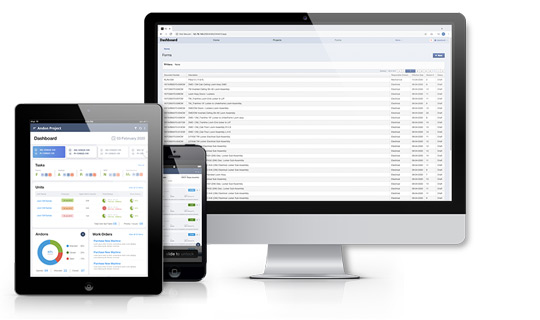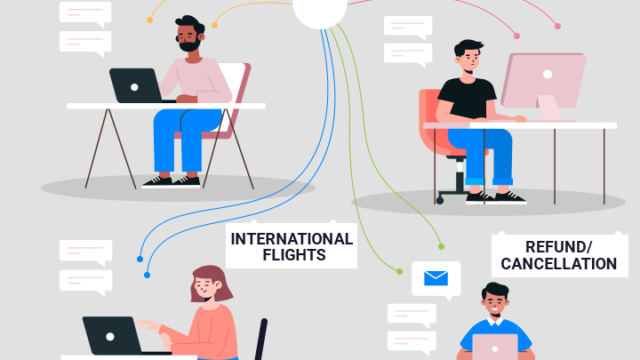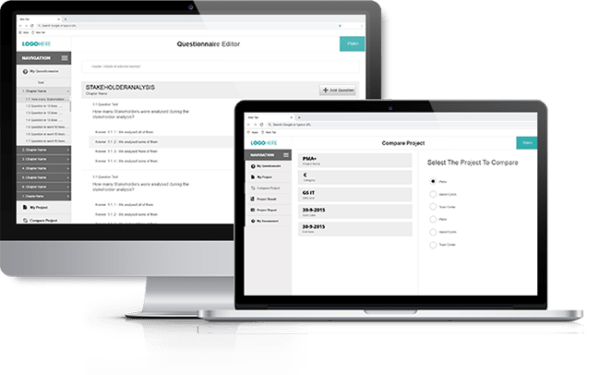The term ‘Cross platform app development’ has been buzzing around for some time now. For some, it is a way to create a MVP(Minimum viable product) easily, some others see it as a way to reduce the complex coding effort while building apps, while some others see it as a cheaper way of app development. While the reasons may vary, one thing is for sure – Cross platform app development is here to stay and grow exponentially. So here let’s look at what cross platform app development is, why it should be used and why flutter is a great choice for cross platform development.
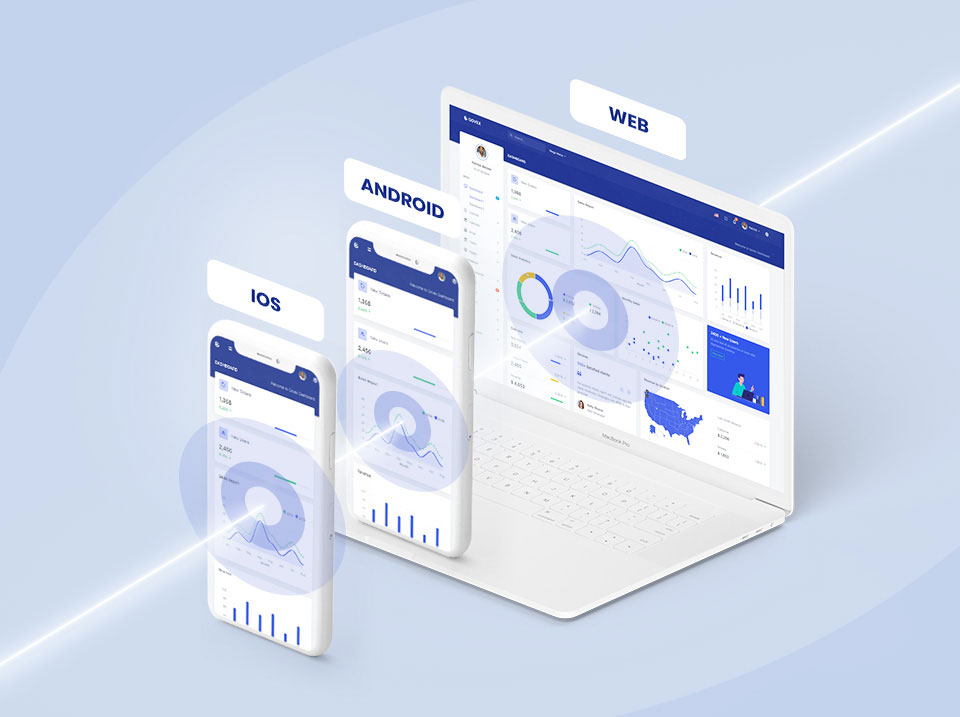
What is cross-platform app development?
In a nutshell, cross-platform development enables the creation of an app that’s compatible across all the platforms (Eg: Android & iOS and even Web) from a single codebase. Here we don’t have to write and maintain separate code for different platforms!!
Mobile operating systems have its own SDK (Software Development Kit) to create apps. These SDKs will also have preferred programming languages that are supported by the OS. Eg: For iOS, Objective-C and Swift are the languages of choice; whereas for Android, Java is the preferred language. Apps created with the corresponding preferred languages using the official SDK for a platform are called “native apps”. But in cross-platform app development, we use a single language to make apps for all target platforms. So how can cross-platform apps be created without using these preferred languages and official SDKs? Here comes the role of the APIs (Application Programming Interface) from the native SDK. It facilitates the creation of apps in a different language than the ones supported by the OS. A vendor can choose a programming language and can create a unified API on top of the native SDKs. Using this unified API, we can support multiple OS’s with a single code base. The vendor will also have an IDE specific to this type of programming.
Advantages of cross-platform app development
Cross-platform app development has numerous advantages. Let’s look at few of them:
- Cost reduction: App development in itself is a time consuming process. So if you are building for Android and iOS separately then it’s really a costly affair. Since we are building apps for multiple platforms from a single codebase, we can cut the time to half here!
-
Faster development: We can build apps in record time. Companies can quickly release the MVP and can improve the product on the go. This fast development cycle in cross platform app development provides an edge over the competition.
-
Easy maintenance: Fixing bugs, pushing new releases can be done effectively because we have to only change the codebase once.
- Efficient unit testing: Unit tests need to be written only once for the code base, hence more time and budget can be saved. Also the overall number of bugs are reduced.
Disadvantages of cross-platform app development
While cross-platform app development does have a lot of pluses, you might want to look at its downsides too, though they are pretty negligible.
- Lower performance: Performance is one of the key aspects as far as app development is concerned. Performance depends on many factors but in general, if you compare two applications where one is native and the other is cross-platform and both have the same functionalities, the native one will be slightly faster. However, these differences in performance are usually small, especially when it comes to simple applications.
- Harder code design: Cross-platform applications have to adapt their design and functionalities not only to specific devices but also to platforms, which have many differences. As a result, it creates extra work for developers who have to handle specific exceptions for a variety of devices and platform differences, especially with more complicated features. These issues don’t occur that often in native apps, so developers can focus on solving users’ problems.
- Long wait time for new features: Every time Google or Apple introduces a new feature for Android or iOS, it takes some time to update applications to support this new feature. In native apps, new SDKs are provided with the updates much faster than for cross-platform frameworks.
What is flutter?
Flutter is an open-source UI SDK created by Google. It is rising in its popularity as a preferred cross platform app development framework. Flutter is based on Dart — Google’s own programming language. As most cross-platform solutions, Flutter also allows having a single codebase for different operating systems. But the highlight is, everything in Flutter is a widget, the code is just a markup.
Where flutter can be used and where it should not be used.
- If the desired outcome is high performance, Flutter is the one to go for. No other hybrid application framework can beat the performance of Flutter Applications.
- If you want to build app’s GUI using native UI components, then you may consider using another platform.
- Powerful UI experience in flutter.
- In flutter , all the UI elements are lightweight, which gives greater scope for customization.
- Games and apps that require a lot of device-specific functions are better off not developed with Flutter.
- As there is no bridge between the Flutter app and the device and all UI components belong to the application directly, Flutter apps end up being quite large.
Why Flutter?
What sets Flutter apart from its peers mainly are two things; Skia, a fast and low-level graphics library, and Dart, a programming language.
Skia
Skia is a graphics cross platform framework. It is a modern open-source 2D graphics library written in C++. Its focus on accuracy, high-performance renderings and quality is amazing. Although Flutter is a relatively new framework, Skia is a mature framework; its performance has been already evaluated, and it runs on many enterprise products such as Google Chrome, Chrome OS, and Firefox.
Flutter’s approach is different from most other cross-platform frameworks. While other frameworks such as React Native, Xamarin, and Titanium try to bring out native (Android/ iOS) UI components, Flutter renders render UI components by itself. There is no gap between native UI components and Flutter widgets. You will find almost everything: text, buttons, sliders, date/time picker, toggle, ImageView, and more. Flutter’s widgets are even better in terms of design, being easy-to-use and customizable. Flutter also provides out-of-the-box widgets that look like both iOS (Cupertino) and Android (Material).
Dart
Flutter’s team examined many languages, including JavaScript and Java. They evaluated them on various parameters. Eventually it was Dart, which scored high on all evaluated parameters.
- Dart supports both the Ahead-of-Time (AOT) and Just-in-Time (JIT) compilers. While the Ahead-of-Time compiler gives efficient ARM code for production release, the JIT compiler allows Flutter to add changes on the go to the project.
- Dart allows Flutter to easily create smooth animations, and transactions run at 60 fps, with the goal of providing 120 fps performance on 120 hz devices. Also, Dart uses a declarative UI style that’s different from most other frameworks. Thus Flutter can create a user interface without any separate layout file like an XML or JSX file.
- Dart manages memory using fast object allocation and a generational garbage collector. The widgets were built, then destroyed again and again, resulting in numerous short-lived objects during the application lifecycle. That’s where the generational garbage collector in Dart plays an essential role in managing memory allocation.
Both the Skia graphics library and the Dart programming language are very mature with many advantages, which has been already proven in the industry. The kind of results that Flutter can offer with this foundation is promising when compared to other cross-platform frameworks like React Native or Xamarin. Let’s look at some of the best features of Flutter:
- Stability: With its own rendering engine, Apps built in flutter are not affected by any OS update or system customization. Version compatibility is another feature. Flutter does not change its API and development method with its ever expanding toolkit. So the code written two years ago can be reused in newly created apps.
- Hot Reload: Flutter has this great hot-reload feature that allows you to see the changes in the app without running it afresh over and over again. Flutter applies changes quickly. It saves a lot of time in the development period.
- Widgets : Google has a fantastic widget catalog for UI development, including Material, Cupertino, and Foundation specific widgets, that are useful when you want to develop custom themes. This bunch of built-in, modern widgets helps you create beautiful, standardized designs easily.
- Close to native performance : Flutter performance is comparable to native app and sometimes even better in complex UI animation instances. .Flutter doesn’t rely on any intermediate code representations. Flutter application is built directly into the machine code, which eliminates any performance bugs of the interpretation process.
- Flutter App Development for Web : Since the Flutter code can be compiled into Javascript, it is possible to have the same codebase for Android, iOS, and for the web version of the app. If a mobile app has to be ported to the web where you have 100% code sharing, Flutter is a great choice. Although Flutter provides many tools for creating web apps, its web support is still in the early stages.
- Good documentation : Flutter’s documentation is very well written, organized and simple. It’s updated regularly and the Google team gives good support around it.
The future of Flutter
Flutter’s community has grown rapidly recently, but it’s still not as large as other communities like React Native. Flutter’s cross-platform open-source plugins are still in the building phase, so it’s a truth that you don’t have infinite choices. However, some authentic principles, and strong foundation technologies that make Flutter really promising in the world of cross-platform development.




